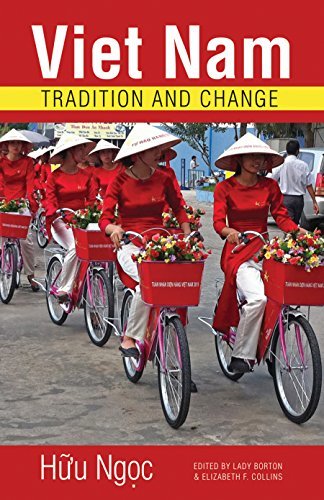


Books in series

Vietnam Since The Fall Of Saigon (Ohio University Monographs in International Studies, Southeast Asia Series No. 56)
1980

Language and Social Change in Java
Linguistic Reflexes of Modernization in a Traditional Royal Polity
1985

Spectator Society
The Philippines under Martial Rule
1989

Mode In Javanese Music. (Monographs in International Studies. Southeast Asia Series, #79)
1987

South Vietnam Trial And Experience
A Challenge for Development
1987
Keuangan Pemerintah Daerah di Indonesia
1989

Indigenization Of Pali Meters In Thai Poetry (Monographs in International Studies - Southeast Asia Seris #87)
1990

Myth & History In Historiography of Early Burma
Pardigms, Primary Sources and Prejudices (Ohio RIS Southeast Asia Series)
1998

Surabaya City of Work
A Socioeconomic History, 1900-2000
2002

Tensions Of Empire
Japan and Southeast Asia in the Colonial & Postcolonial World
2003

The Komedie Stamboel
Popular Theater in Colonial Indonesia, 1891-1903
2006

Burma's Mass Lay Meditation Movement
Buddhism and the Cultural Construction of Power
2007

Sino-Malay Trade and Diplomacy from the Tenth Through the Fourteenth Century
2009

The Return of the Galon King
History, Law, and Rebellion in Colonial Burma (Ohio RIS Southeast Asia Series)
2010

Power, Change, and Gender Relations in Rural Java
A Tale of Two Villages
2012

Viet Nam
Tradition and Change
2016

Dari Penjara Ke Penjara
1948
Authors


Tan Malaka (1894 - February 21, 1949) was an Indonesian nationalist activist and communist leader. A staunch critic of both the colonial Dutch East Indies government and the republican Sukarno administration that governed the country after the Indonesian National Revolution, he was also frequently in conflict with the leadership of the Communist Party of Indonesia (PKI), Indonesia's primary radical political party in the 1920s and again in the 1940s. A political outsider for most of his life, Tan Malaka spent a large part of his life in exile from Indonesia, and was constantly threatened with arrest by the Dutch authorities and their allies. Despite this apparent marginalization, however, he played a key intellectual role in linking the international communist movement to Southeast Asia's anti-colonial movements. He was declared a "hero of the national revolution" by act of Indonesia's parliament in 1963.